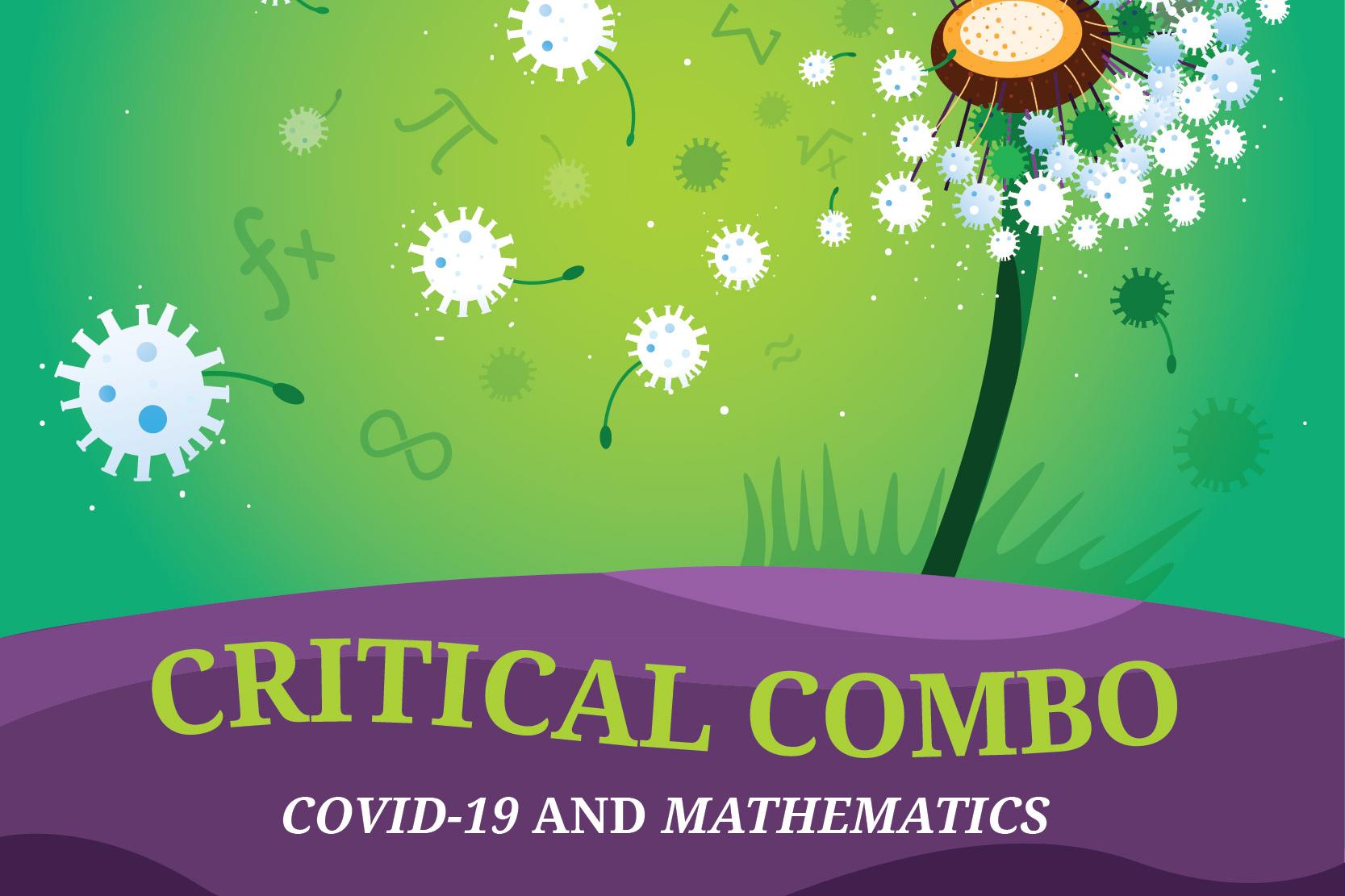
Critical Combo: COVID-19 and Mathematics
The COVID-19 pandemic has pushed us all back to the drawing board to reconfigure our strategy for healthcare monitoring and preparedness. Like a commander watching his battalion in need for a massive backup, we have explored backup plans, deployed rapid response measures and have invested a fortune to try and understand more about the transmission, progress and management of this disease. At last, we’re bringing math to the mix!
Mohsin Ali, from the Department of Mathematics, SBASSE LUMS, along with Adnan Khan have been part of a team who’ve scrutinised transmission dynamics of COVID-19 through mathematical modelling and have tried to understand the significance of pharmaceutical intervention in the deployment of a strict lock down, which may help guide public healthcare policy.
Using realistic parameters in rate and efficacy of treatment through medication, the team learned that the time for quarantine is significantly reduced and that quarantine may still be needed albeit for a smaller, more specific population. The study compared control strategies (quarantine and isolation) both when medication was available and when it is not. In terms of coming up with theorems, using beautiful but complex equations to gauge parameters and to visualise results with beautiful plots – no stone was left unturned. From the theory of optimal control by Lev Pontryagin, to developing R0, a parameter that shows status of the outbreak in the model – this detailed study has concluded that premature relaxation in lockdowns and social distancing will result in greater disease numbers and has recommended against this relaxation.
This work is published in the journal ‘Letters in Biomathematics’ and can be found here: https://lettersinbiomath.journals.publicknowledgeproject.org/index.php/lib/article/view/365
Reference: Ali, M.; Imran, M.; Khan, A. COVID-19: Can Medication Mitigate the Need for a Strict Lock Down?. Lett. Biomath. 2020.

